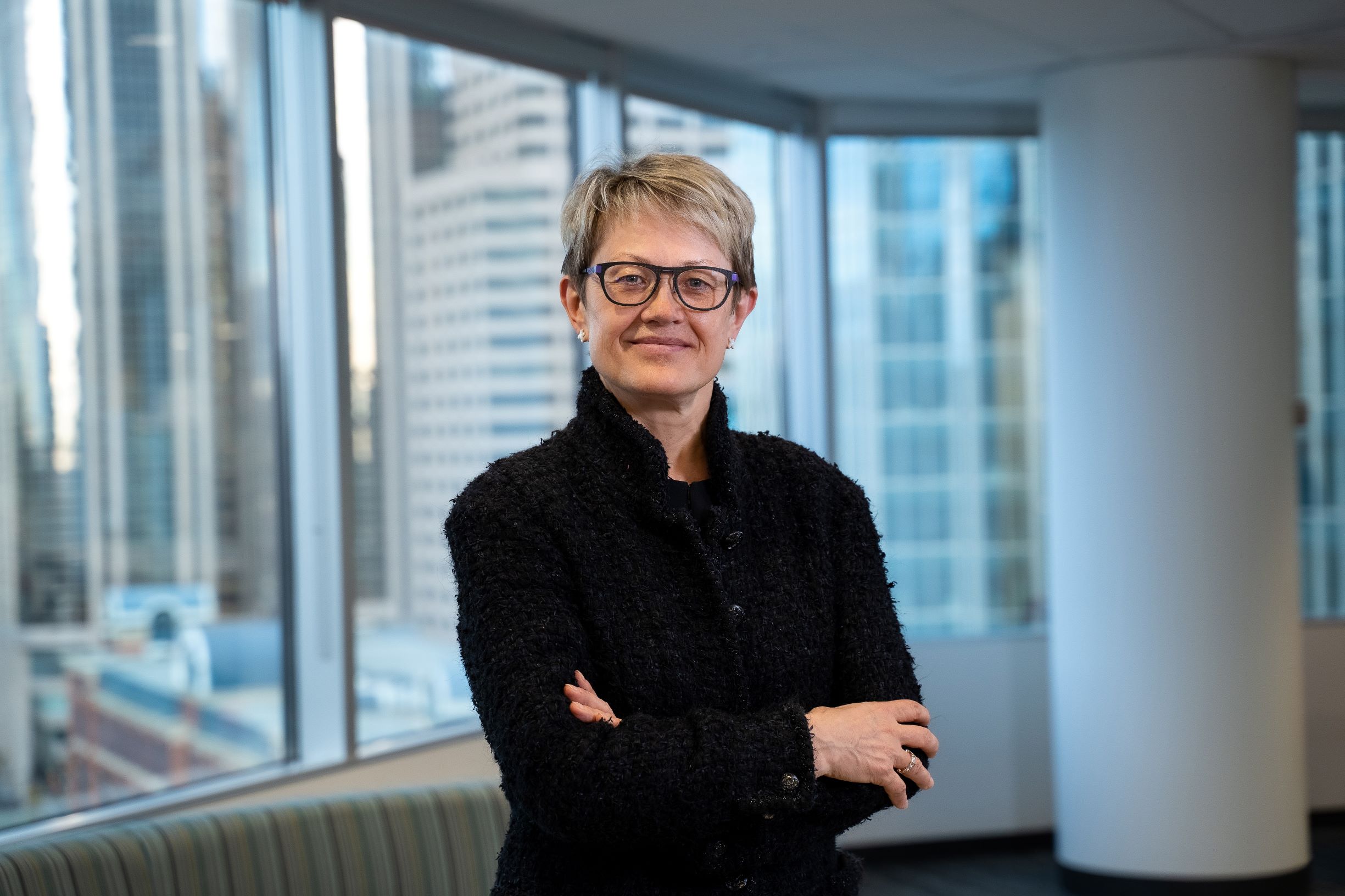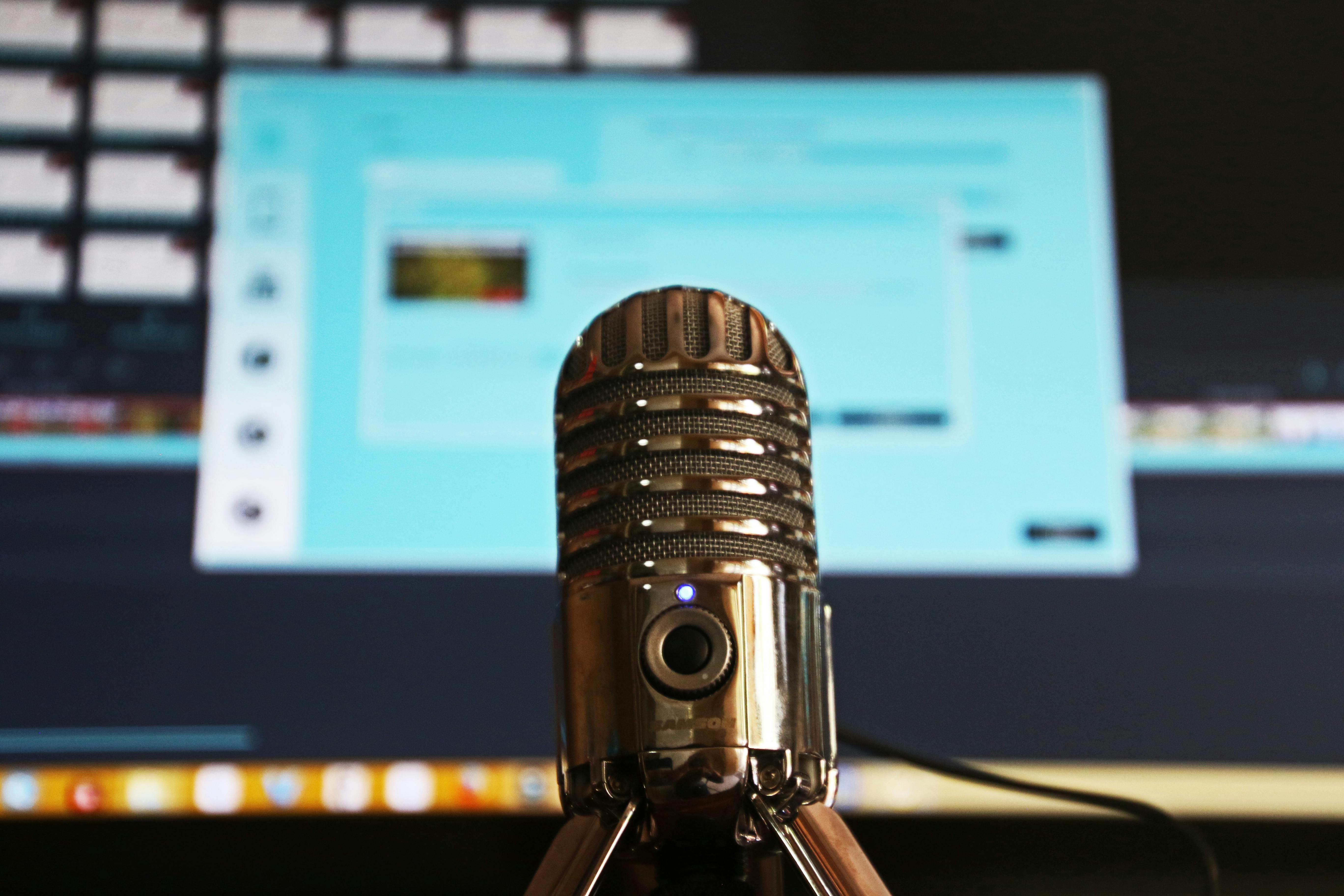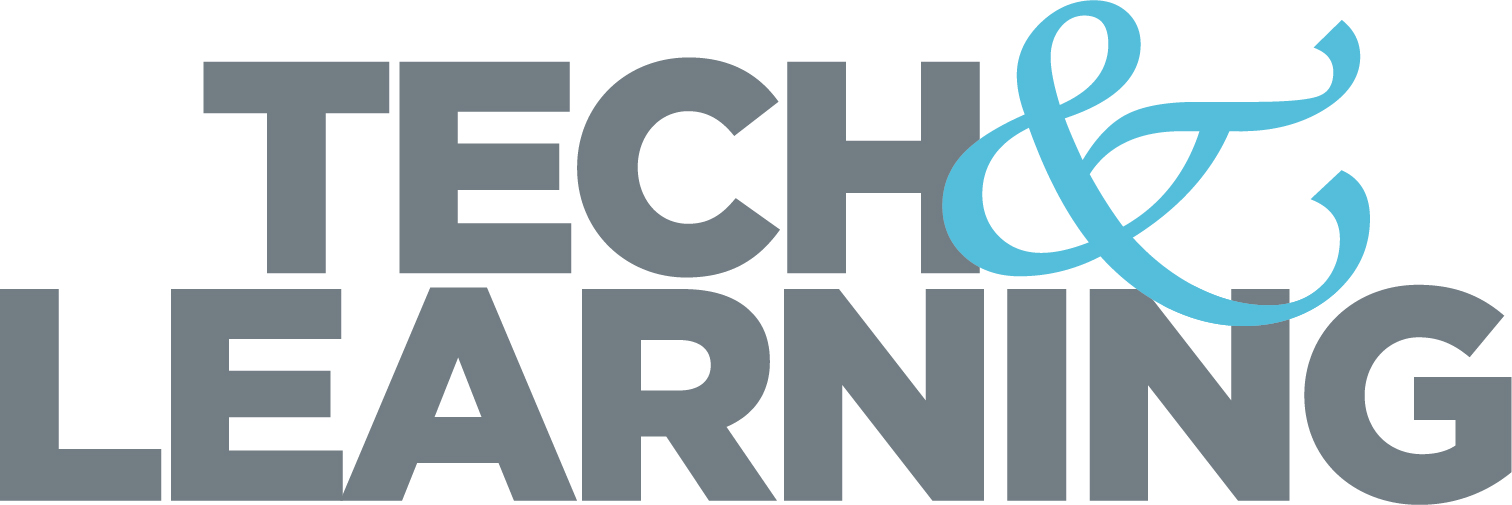Nancy Knowlton Turns Focus to Classroom Audio
Nancy Knowlton’s new venture, Nureva Inc., is designed to help students hear their teachers better.

In 1987, Nancy Knowlton and her husband David Martin founded Smart Technologies. A few years later they released the first SMART Board, an interactive whiteboard that has become a staple of tech-savvy classrooms. Now Knowlton has turned her attention to audio.
Nureva Inc., her new company, makes lightweight sound bars that utilize trademarked Microphone Mist™ technology to fill classrooms and conference rooms with virtual microphones that can pickup a voice no matter where the speaker is located.
The Importance of Classroom Audio
Knowlton first realized the need for better quality audio while she was still running Smart Technologies.
“We had the opportunity to meet a lot with remote colleagues for regular business meetings, sales calls, etc.,” Knowlton says. “We were always frustrated by the quality of the audio. We felt like we were asking people to repeat things. And so as we contemplated what we might do in a new business, we kept coming back to this old problem about the quality of audio pickup, and how detrimental that was to everything that included remote participants. And so it just seemed like a problem that needed to be solved and a good focal point for a new business that we could establish.”
As the technology for Nureva was developed, Knowlton and her team realized it had applications beyond conference rooms. Even before the pandemic forced remote and hybrid learning upon K-12 and higher ed, there was a movement to create a better overall experience for remote learners, which, of course, includes better audio capture of lectures.
While Nureva technology continues to support hybrid and blended classes, the company is also working on effective ways to amplify the teachers voice for those who are in the physical classroom and help provide more support for hearing-imparied students. They hope to do this by providing better quality recordings and by integrating Nureva products with other technologies, such as hearing aids.
“I've seen a lot of data through the years talking about the percentage of students with hearing problems, and it's shockingly high to me,” Knowlton says. About 1 in 5 American teenagers experience some degree of hearing loss, according to the Hearing Loss Association of America. “Paying attention to that critical element of the whole learning experience is something that all levels of education need to pay attention to,” she says.
Tech & Learning Newsletter
Tools and ideas to transform education. Sign up below.
Classroom Design
While helping to bring better quality audio to classrooms across North America, Knowlton has witnessed other trends in classroom design. “In some of the smaller classrooms, in higher education, as well as in the full realm of K to 12 spaces, the whole concept of flexibility and reconfigurability really comes into play,” Knowlton says. “So you see a lot of furniture where students can drag desks and tables into different configurations for small-group work, they can reset for individual work, and for whole-class work.”
These classrooms are designed to facilitate active learning and collaboration. To meet this rising demand for reconfigurable spaces, audio requirements for a room extend well beyond a microphone on a lectern. More and more teachers are encouraged to move about the classroom and avoid the “sage on the stage” mentality. As a result, audio systems need to be capable of clearly picking up the voice of the lecturer wherever they roam.
Tips for Improving Your School’s Audio
Online research and live demos are good, but education leaders exploring updates for their audio systems should start by taking any new product for a “test drive” in the type of spaces it will be used before making a large-scale investment, Knowlton says.
“They need to try it out for themselves,” she says. Audio technology has changed rapidly in recent years and what might have been a price point for a certain type of quality system is no longer the price point. The same is true of installation costs and other aspects of audio technology.
“Things change, they morph,” Knowlton says. These days, thanks in part to Knowlton’s efforts, audio is changing for the better.
Erik Ofgang is a Tech & Learning contributor. A journalist, author and educator, his work has appeared in The New York Times, the Washington Post, the Smithsonian, The Atlantic, and Associated Press. He currently teaches at Western Connecticut State University’s MFA program. While a staff writer at Connecticut Magazine he won a Society of Professional Journalism Award for his education reporting. He is interested in how humans learn and how technology can make that more effective.












